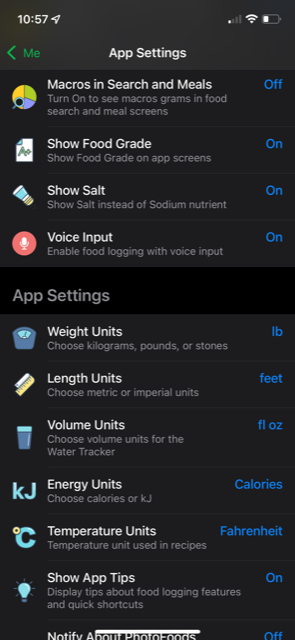Expert tips on how to reduce sodium intake
- 2 Minutes Read
Has your health care provider advised you to reduce sodium intake, or have you wondered if eating a lot of sodium is a big deal? Yes, indeed, it is important. Read this post to learn more.
So, what's the big deal about too much sodium in the diet? Well, sodium is actually an essential mineral that your body needs to control fluid balance and for normal muscle and nerve function. However, excess dietary sodium can cause health problems. Extra sodium in the diet causes the body to hold onto excess water. This creates more work for the heart muscles, blood vessels, and kidneys. Over time, the additional burden is a huge risk for stroke, heart disease, and kidney disease, the leading causes of poor health and death worldwide. Excess amounts of sodium can also result in bloating, puffiness, and fluid weight gain.
So, how much is too much? The American Heart Association (AHA) recommends no more than 2,300 mg sodium per day, with an ideal limit of fewer than 1,500 mg per day for most adults, especially those with high blood pressure. Unless you cook mainly from scratch and strictly limit consumption of processed foods and salt, 1,500 mg per day is a lofty goal for most people. In fact, according to the CDC, most adults and children in the United States exceed the recommended sodium intake at an average intake of 3,400 mg sodium daily.
Healthcare providers often use the words sodium and salt interchangeably. Actually, salt (sodium chloride) is just one source of sodium. One teaspoon of salt (sodium chloride) contains 2,300 mg of sodium. There are other forms of sodium used in processed foods such as sodium glutamate or sodium citrate. All sodium in excess can harm health.
Some countries have "salt" instead of sodium on food labels. For those users, MyNetDiary has added the option to switch sodium to salt in settings. Sodium x 2.5 = "Salt"

Keep in mind that salt is an acquired taste. You can develop a preference for less salty foods as you cut back.
You may also want to consider adding the DASH diet approach to your low-sodium focus. Supported by the highest quality evidence, the DASH eating plan is proven to improve lipids and reduce blood pressure. The DASH diet is high in fruits, vegetables, low-fat dairy, whole grains, poultry, fish, non-tropical oils, and nuts, yet limits sweets, sugar-sweetened beverages, and red meat. The diet's high potassium, magnesium, and calcium content positively impact blood pressure and its abundance of healthy plant foods improves lipids.
MyNetDiary's dietitians on the community forum can guide you on reducing your sodium intake. If you are not sure of your target, ask your doctor or registered dietitian about your upper recommended sodium limit.
25 Foods besides bananas that rank as the best potassium sources to add to your diet
Want to say "goodbye" to bland? Say "hello" to 10 essential spices and seasonings for delicious, healthy meals
Add these antioxidant-packed spices and herbs for health and healthy to your daily meal planning routines
Sea Salt vs. Table Salt
Still new to MyNetDiary? Learn more today by downloading the app for FREE.

